Originally published by the Western Dredging Association (WEDA).
The Western Dredging Association (WEDA) presented its 2023 Environmental Excellence Award for Innovation to the Howards Bay Navigation and Cleanup Dredging Project, which is located within the St. Louis River Area of Concern (SLRAOC) in Superior, Wisconsin, and is an integral part of the Port of Duluth-Superior. J.F. Brennan Company (Brennan) partnered with Arcadis and the United States Army Corps of Engineers (USACE) to work on the Howards Bay Remediation Project using innovative methods to secure a positive outcome.
- Environmental
- Marine Construction
- Dam Construction
- Harbor Management
- Railroad

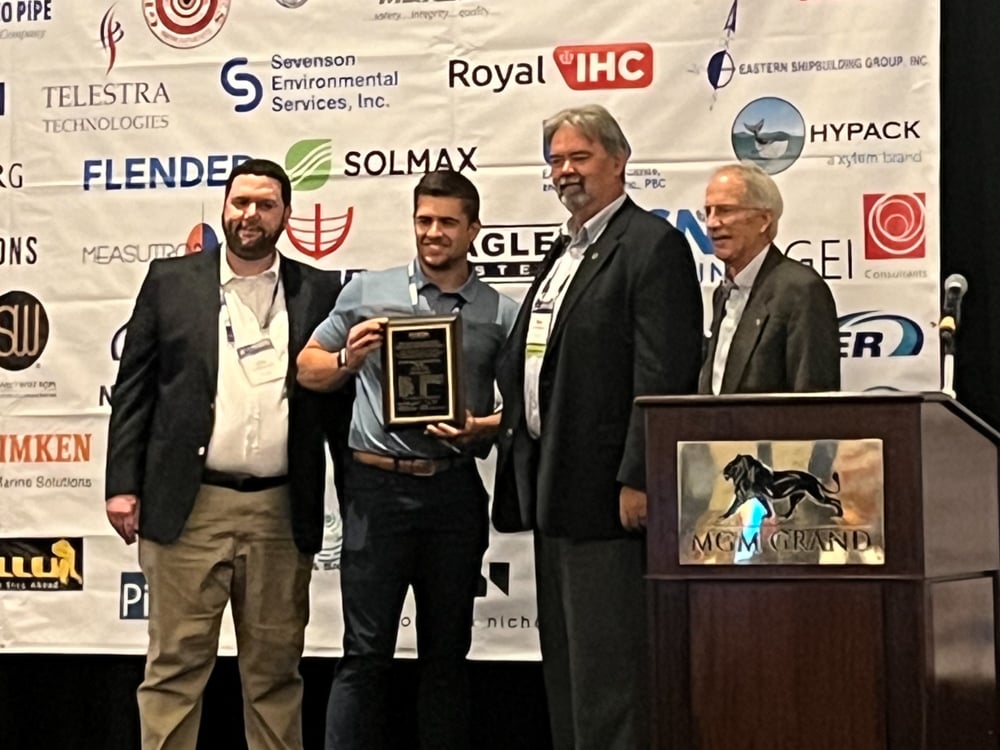
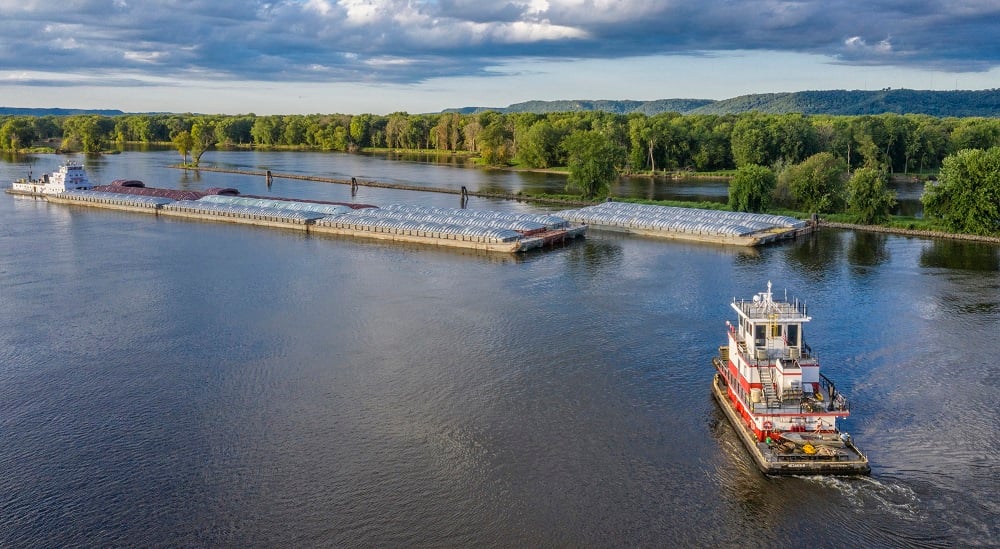
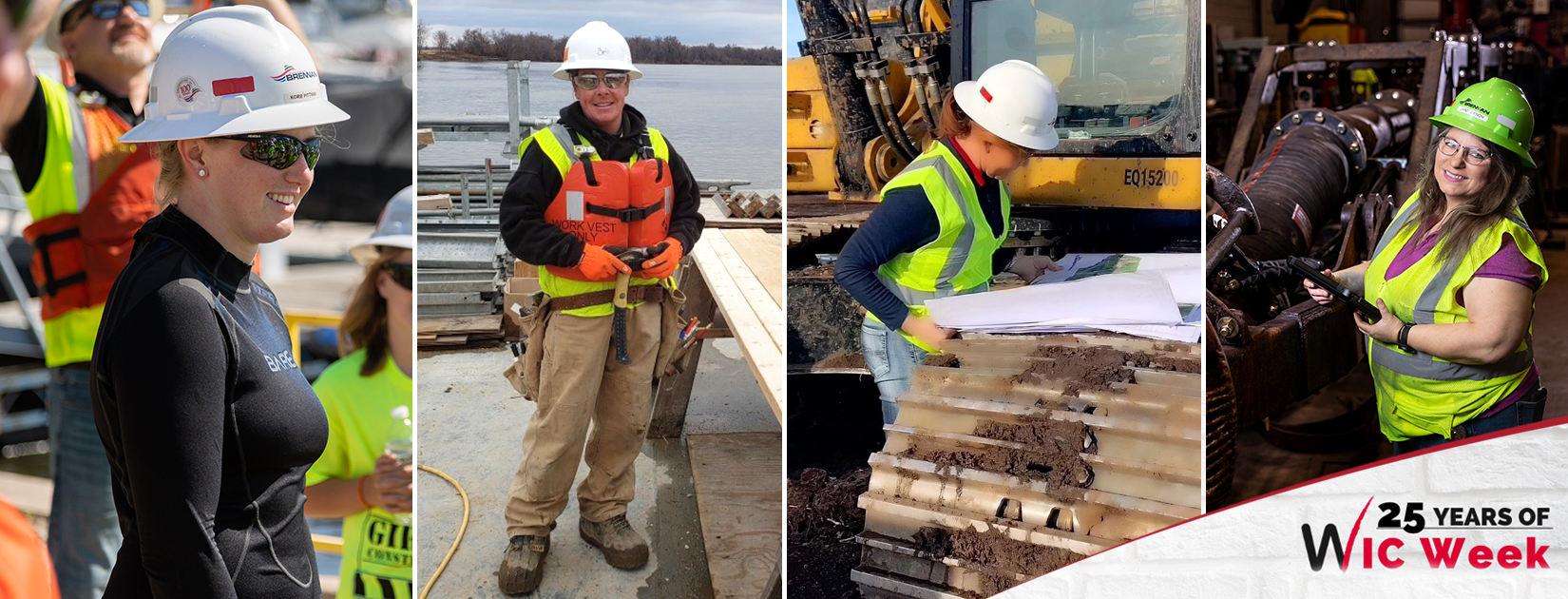
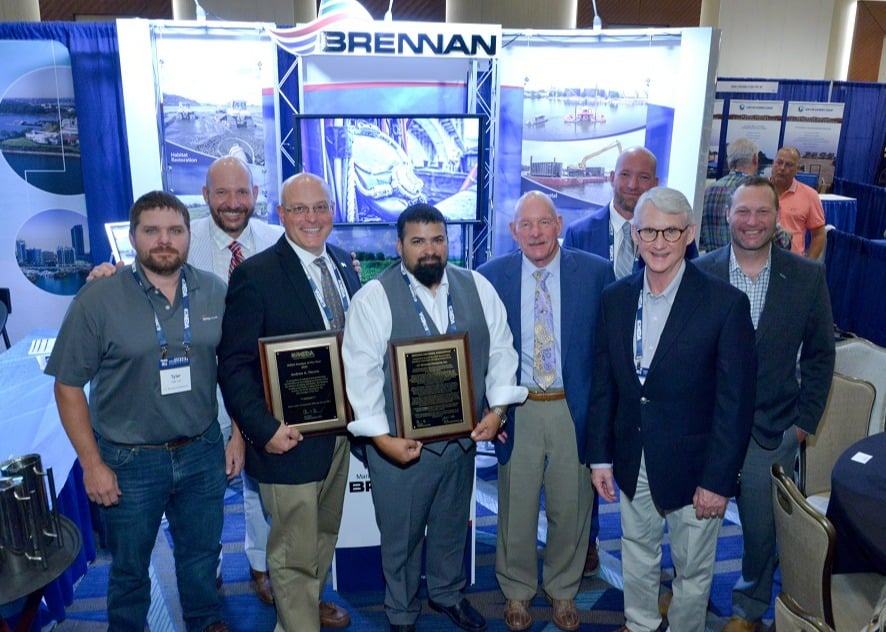
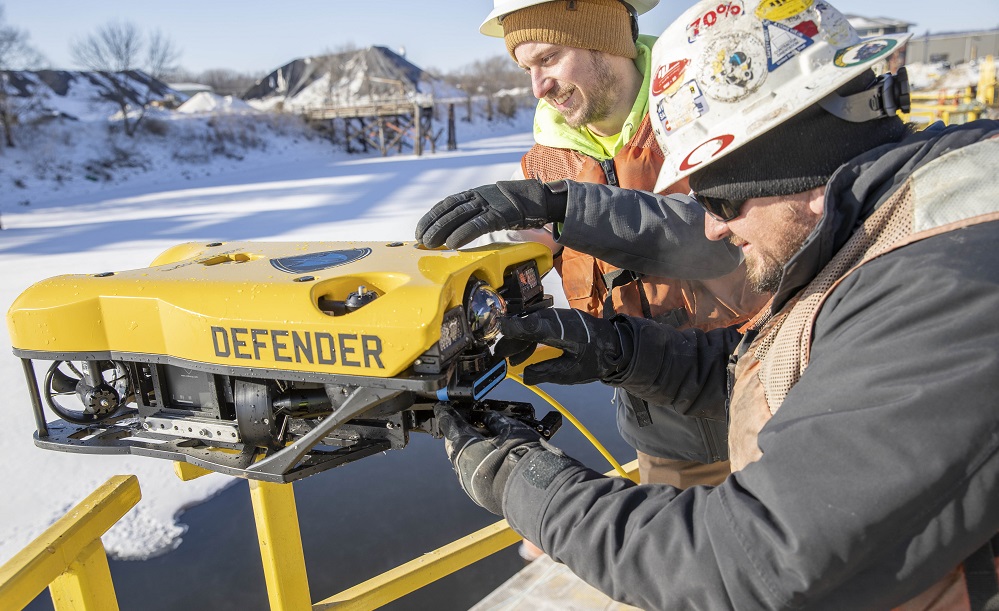
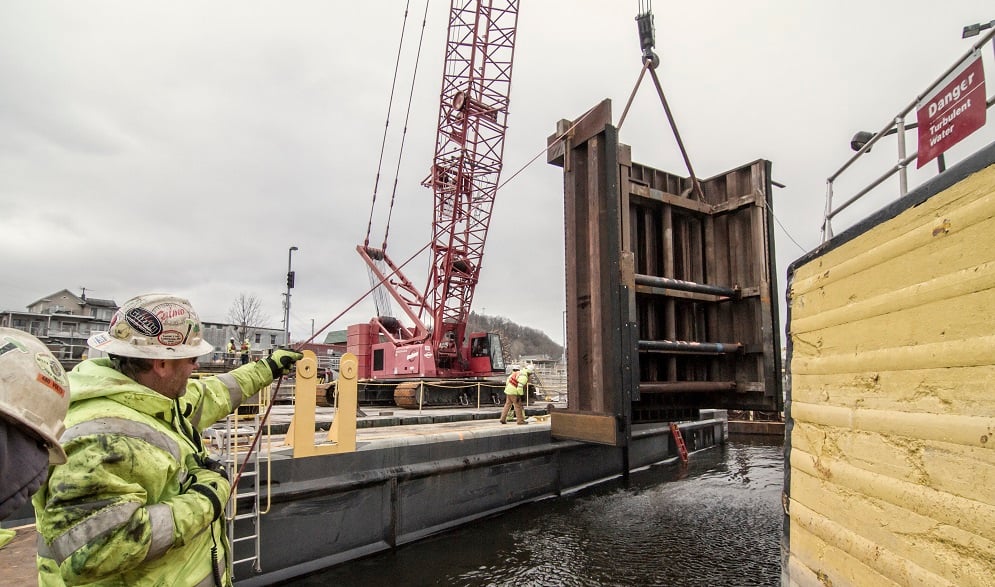
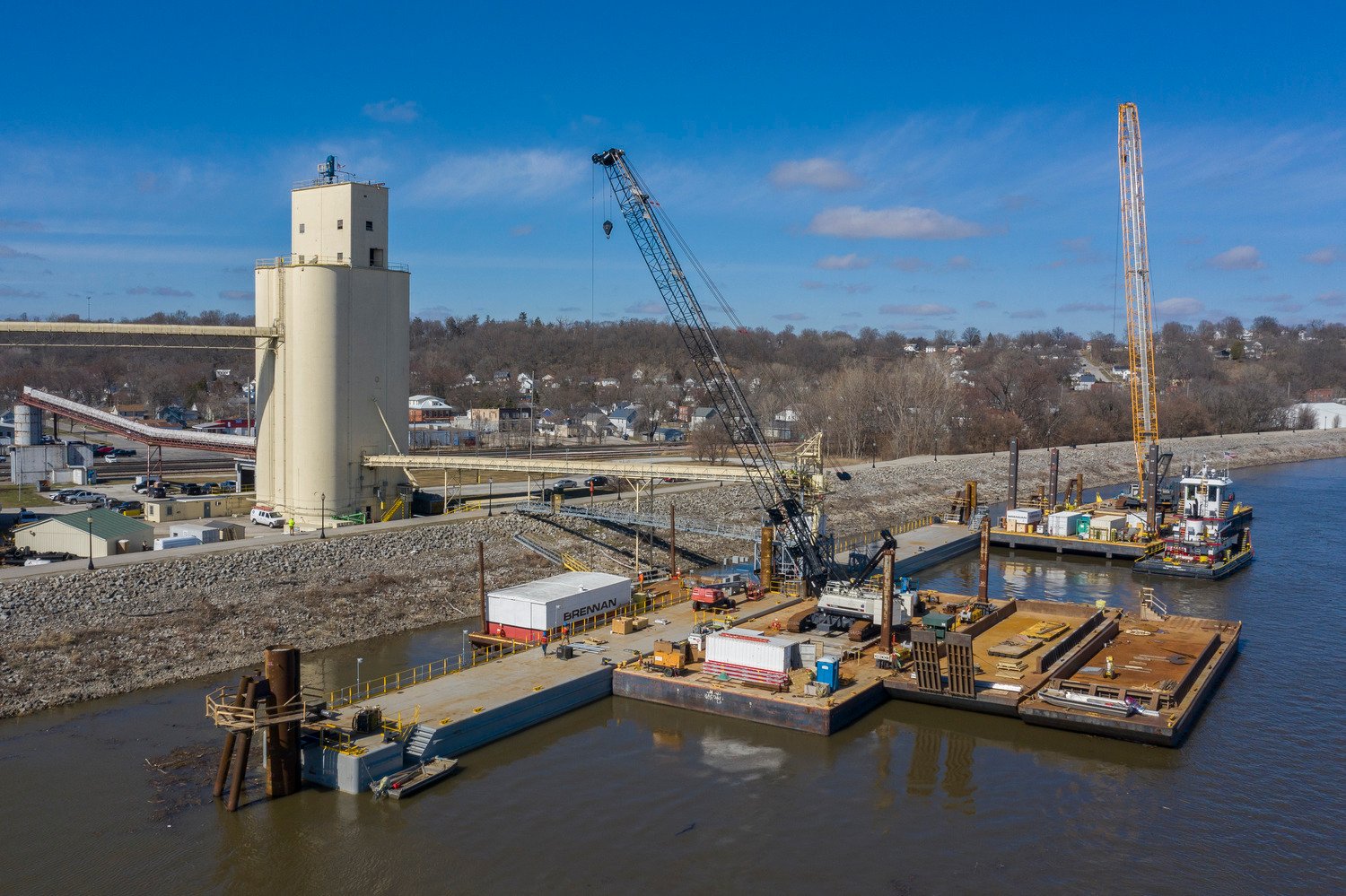
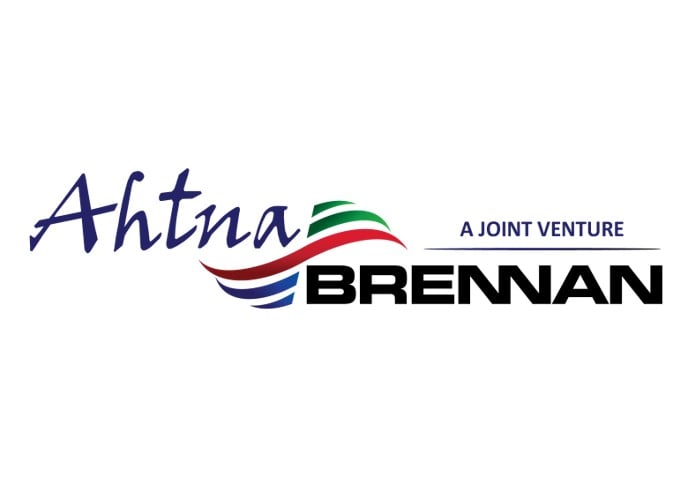
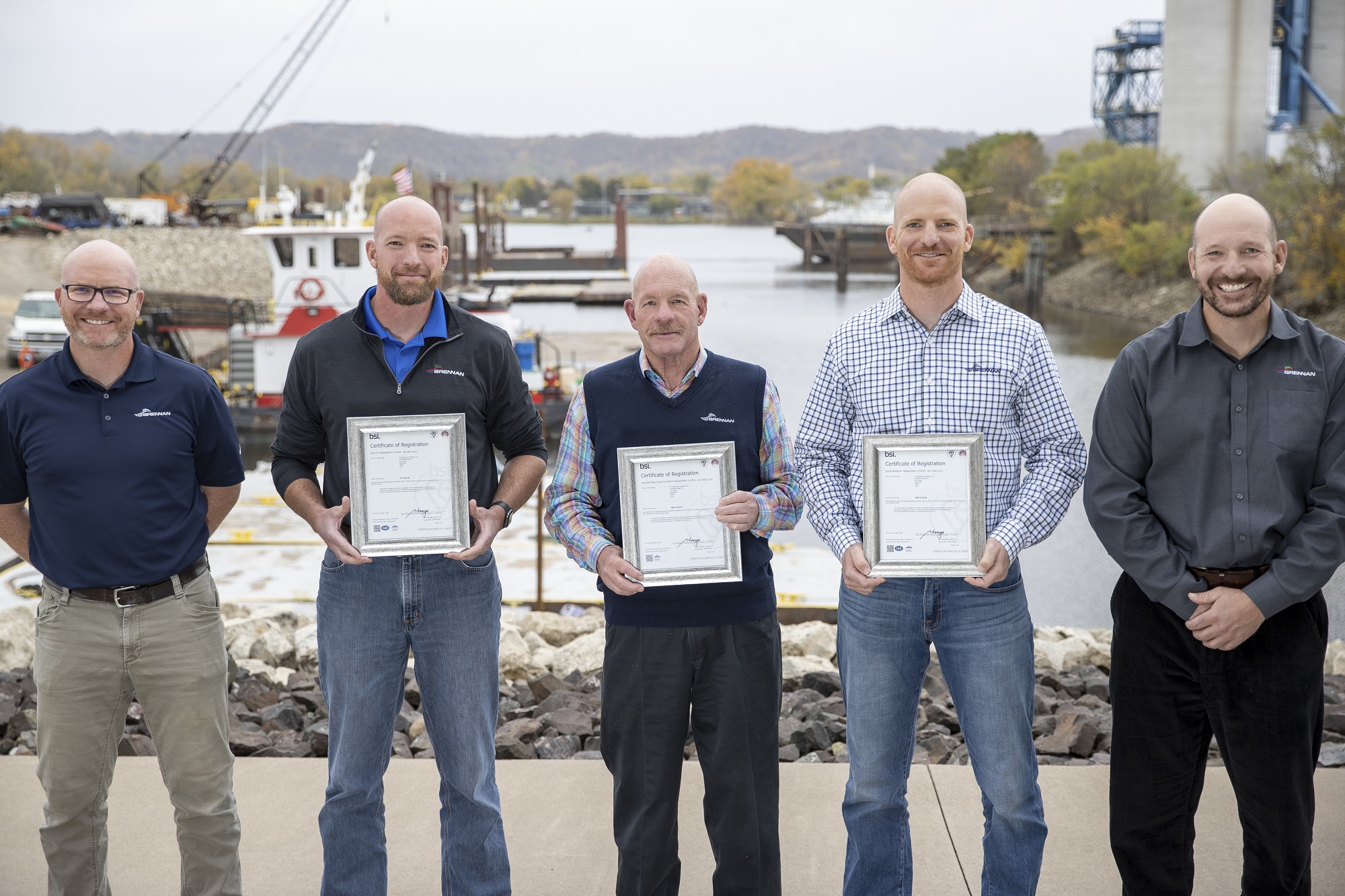
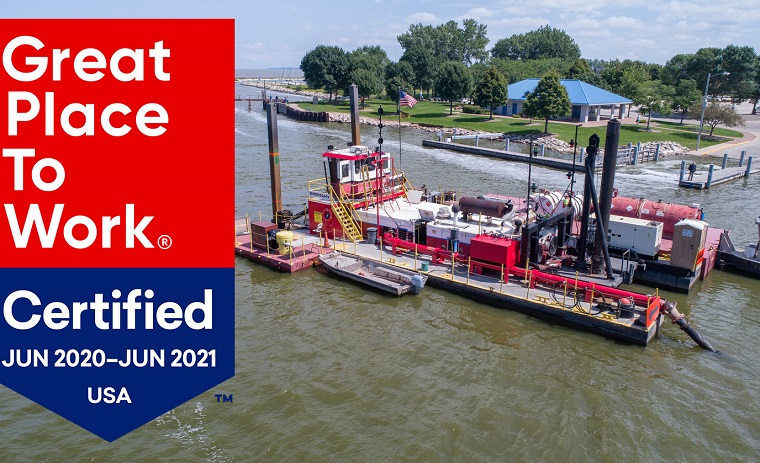
 Newer Posts
Newer Posts
